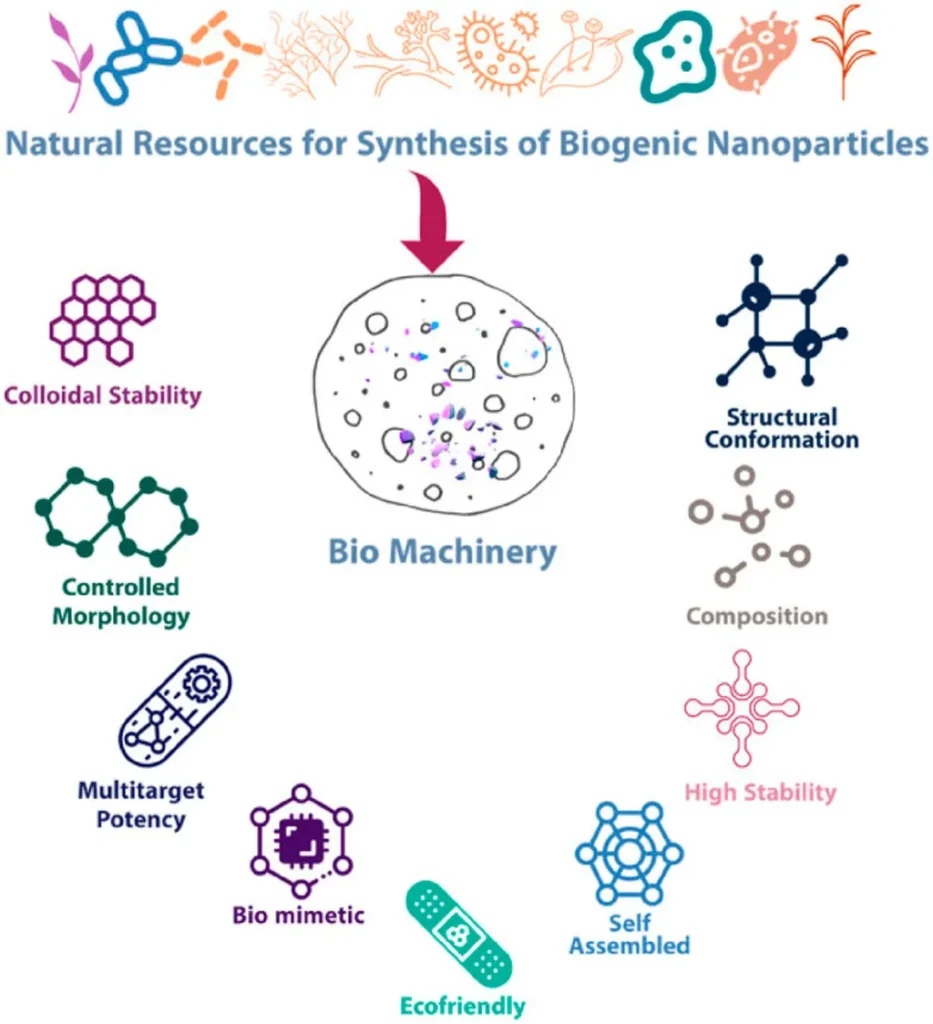In the relentless battle against multidrug-resistant (MDR) bacteria, researchers have turned to an unconventional ally: nanoparticles. A recent study published in *Discover Materials* (translated from Arabic as “Exploring Materials”) introduces a novel approach to combating these superbugs, with promising implications for the energy sector and beyond. The research, led by Noor Jasim Mohammed from the Department of Biology at the University of Anbar, focuses on the green synthesis of cadmium sulfide nanoparticles (CdSNPs) coated with hyaluronic acid (HA), a combination that significantly enhances antibacterial activity.
The escalating threat of MDR bacterial strains has created an urgent need for innovative antimicrobial agents. Traditional antibiotics are becoming less effective, and the development of new drugs is a slow and challenging process. This is where nanoparticles come into play. “Nanoparticles offer a unique opportunity to tackle antibiotic resistance due to their distinct physical and chemical properties,” explains Mohammed. “They can interact with bacterial cells in ways that traditional antibiotics cannot, making them a promising alternative.”
The study details the synthesis of CdSNPs using an extract from the Citrullus colocynthis plant, followed by a coating of hyaluronic acid. This coating not only improves the stability of the nanoparticles but also enhances their antibacterial activity and reduces toxicity. The nanoparticles were characterized using various techniques, including X-ray diffraction (XRD), Fourier-transform infrared spectroscopy (FTIR), scanning electron microscopy (SEM), and transmission electron microscopy (TEM). The results confirmed the successful synthesis of crystalline, spherical nanoparticles with an average size of around 55 nanometers.
The antibacterial activity of these nanoparticles was evaluated against several pathogenic bacteria, including Staphylococcus aureus, Pseudomonas aeruginosa, Klebsiella pneumoniae, and Escherichia coli. The coated nanoparticles (CdSNPs-HA) demonstrated significantly larger inhibition zones compared to uncoated CdSNPs and standard antibiotics. For instance, CdSNPs-HA achieved an inhibition zone of 33 millimeters against Staphylococcus aureus, outperforming the uncoated nanoparticles and standard antibiotics.
The minimum inhibitory concentrations (MICs) for CdSNPs-HA were also significantly lower than those for uncoated CdSNPs. This means that a smaller amount of the coated nanoparticles is needed to achieve the same antibacterial effect, making them more efficient and potentially more cost-effective. “The enhanced antibacterial activity of CdSNPs-HA is a significant step forward in the fight against MDR bacteria,” says Mohammed. “It opens up new possibilities for developing more effective antimicrobial treatments.”
The study also explored the anti-biofilm activity of CdSNPs-HA. Biofilms are communities of bacteria that adhere to surfaces and are notoriously difficult to treat with antibiotics. The results showed that CdSNPs-HA at its MIC value of 3.12 micrograms per milliliter inhibited the biofilm formation of Klebsiella pneumoniae by up to 92%. This is a remarkable achievement, as biofilms are a major challenge in clinical and industrial settings.
The potential applications of this research extend beyond the medical field. In the energy sector, biofilms can cause significant problems, such as fouling of equipment and pipelines, leading to reduced efficiency and increased maintenance costs. The use of CdSNPs-HA could provide a novel solution to these issues, helping to maintain the integrity and efficiency of energy infrastructure.
Furthermore, the low hemolytic toxicity of CdSNPs-HA suggests improved biocompatibility, making them safer for use in various applications. This is a crucial factor in the development of any new antimicrobial agent, as toxicity can limit their use in clinical and industrial settings.
The research published in *Discover Materials* represents a significant advancement in the field of antimicrobial nanomaterials. The green synthesis of CdSNPs coated with hyaluronic acid offers a promising alternative to traditional antibiotics, with enhanced antibacterial activity and reduced toxicity. As Noor Jasim Mohammed and her team continue to explore the potential of these nanoparticles, the implications for the energy sector and other industries become increasingly clear. This innovative approach could pave the way for more effective and sustainable solutions to the growing problem of antibiotic resistance.

